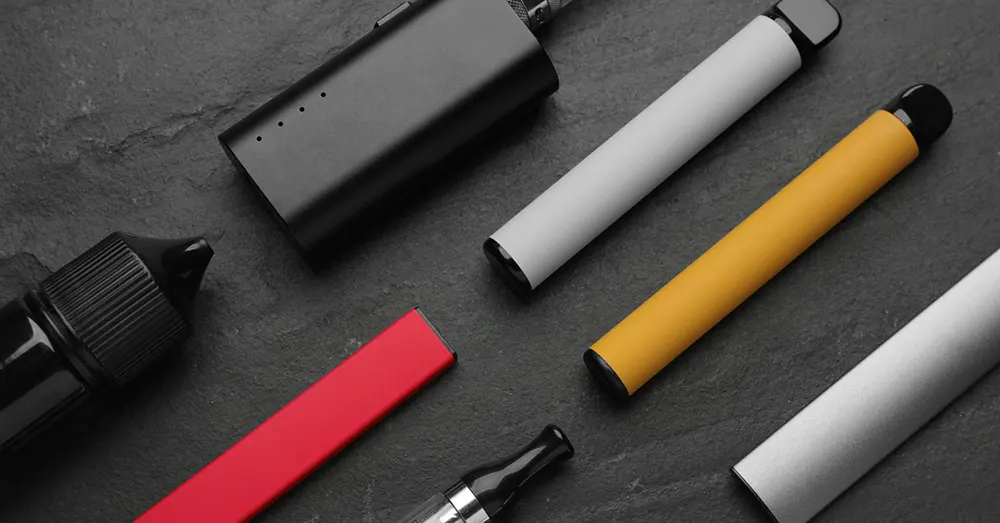The e-cigarette industry in 2025 is facing new rules and compliance requirements. These changes affect manufacturers, distributors, and retailers around the world. For consumers, the new rules also mean safer products and more transparent information. This article explains the key updates in 2025, using simple terms to make it easy for everyone to understand.
Why Compliance Matters in 2025
Compliance is not only about following the law. It also builds trust between brands and consumers. When a company meets safety and quality standards, customers feel more confident about the product. In 2025, governments are putting more focus on product safety, youth protection, and accurate labeling. Reliable companies like AMXIM also highlight compliance as a core value to ensure global customers get trusted vaping solutions.
Key Regulation Changes in 2025
1. Stricter Labeling Rules
E-cigarette packaging must now provide clear details about nicotine content, ingredients, and health warnings. Some countries also require QR codes on the package so customers can check product certificates online.
2. TPD and Global Standards
In Europe, the Tobacco Products Directive (TPD) rules remain important. Companies must keep e-liquid sizes under limits, follow nicotine strength rules, and use child-proof packaging. Other regions, such as the U.S. and Asia, are creating similar standards to make products safer and more consistent. Leading manufacturers, including AMXIM, focus on TPD compliance to serve both European and global markets.
3. Environmental Requirements
In 2025, many governments are asking e-cigarette makers to reduce waste. This includes using recyclable materials and offering collection programs for used devices. Rechargeable and refillable products are also gaining more attention.
4. Age Verification and Online Sales
To protect minors, stricter age checks are now required for both physical stores and online sales. Many countries are using new digital ID systems to stop underage buyers.
5. Testing and Certification
E-cigarette devices must pass stronger quality tests before entering the market. Certificates for battery safety, e-liquid purity, and coil materials are becoming standard. Brands like AMXIM provide products with international certifications, including CE, RoHS, and ISO, to meet these high standards.
What This Means for Businesses
E-cigarette companies must invest in compliance if they want to grow in 2025. Brands that fail to meet rules risk fines, bans, or loss of customer trust. On the other hand, businesses that follow regulations can stand out by showing responsibility and quality. Working with experienced manufacturers such as AMXIM can help distributors and retailers save time and reduce compliance risks.
What This Means for Consumers
For consumers, the changes bring more safety and transparency. Clear labels help buyers make informed choices. Stronger product testing also reduces risks related to batteries and e-liquid quality.
Final Thoughts
The e-cigarette industry in 2025 is becoming more professional and regulated. Compliance is now a key part of success. Businesses that adapt early will gain long-term benefits, while consumers can enjoy safer and more reliable products. If you are looking for a manufacturer that understands compliance and global standards, visit AMXIM to explore professional OEM and ODM vaping solutions.

